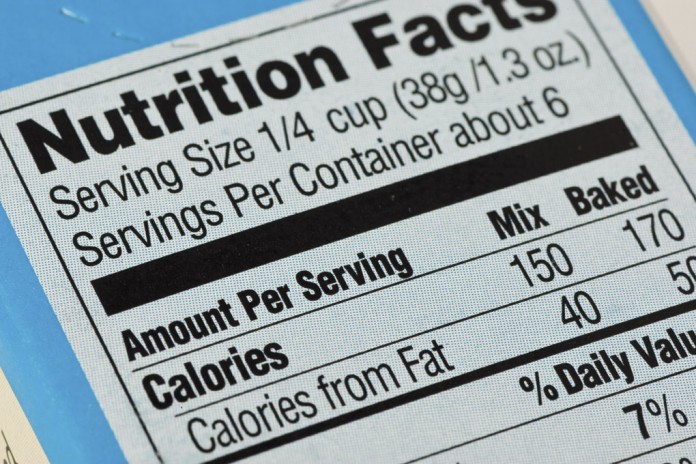There is a certain poetry in U.S. Sen. Pat Roberts, R-KS, failure to convince the U.S. Senate to squash state and local food labeling laws.
His proposed fix, fail though it did, may have done more to boost consumer faith in the market than anything Congress has or hasn’t done in years.
Roberts’ winning loss began with tiny Vermont.
Vermont GMO law
In 2014, the state passed its “Genetically Engineered Food Labeling Act,” explains an October 2015 Consumer Reports story.
The law “requires… by July 2016 all food and beverages sold in the state — including bread, cereal, snack chips, soy milk, and more — (that) contain GMOs carry a label that reads produced with or partially produced with genetic engineering.”
Stomp it
Big Ag wanted Congress to stomp on the Vermont law.
For more than 20 years it has successfully fought any labeling of any food that contain any genetically modified organism, or GMOs, because, as various groups claimed, labels will raise food prices and unfairly depict GMOs as less than completely safe.
That view carried the day in the U.S. House of Representatives.
Voluntary GMO law
On July 23, 2015, it easily passed a federal voluntary GMO labeling law to stop Vermont and two other states, Connecticut and Maine, from implementing earlier-passed mandatory labeling laws. That left Roberts to muscle through the Senate Ag Committee, which he chaired, a fix he called “Biotechnology Labeling Solutions.”
It would, he promised, stop “a few states dictating to every state the way food moves from farmers to consumers in the value chain.”
In a March 1 committee hearing, Roberts defended GMO technology as “safe to other plants, safe to the environment, and safe to our food supply.”
Market issue
As such, he declared, what the committee was facing in its vote “today is not a safety or health issue. It is a market issue.”
To drive home the point, he said, “A recent study” — he didn’t cite the source — “estimated that the cost [of mandatory GMO food labeling] to consumers could total as much as $82 billion annually — approximately $1,050 per hardworking, American family.”
No one on the committee laughed but all should have.
Cost estimates
It’s a preposterous estimate, just $10 billion under the combined farm value of 2014 U.S. corn and soybean crops. Labeling proponents placed the cost to label galactically lower — at about $2.30 per person per year.
Later, the usually bipartisan Ag Committee approved Roberts’ bill by a less than unanimous 14-6 vote.
Favor GMO labels
Several committee members believed Roberts’ “solutions” created new problems for the 66 percent of Americans who, poll after poll has shown, favor mandatory GMO labels.
The split vote also indicated trouble ahead for a full Senate.
Roberts spent weeks looking for allies but found few.
On March 16, a handful of Republicans sided with nearly all the Democrats to defeat a procedural vote on the Roberts bill.
It was over; he was beaten.
Biotechnology labels
Stung by defeat, Roberts lashed out at his “colleagues across the aisle,” Senate Democrats, for failing to “address the problems facing the nation’s marketplace” because of what he said would be “confusing and differing biotechnology labeling standards.”
And, he added, “If we do not act, everyone loses.”
Like his $82 billion cost of mandatory GMO labeling, however, Roberts’ prediction was light years off the mark. Within days, some of the biggest food companies in the world — General Mills, Kellogg’s, Mars, and ConAgra — ” announced they will label their products nationwide in order to be in compliance with Vermont’s law.”
Consumer prices
And contrary to what Big Food, Big Ag, and most anti-labeling politicians have been saying for decades, the companies claimed “the costs associated with nationwide labeling won’t be passed on to consumers.”
Stunning though the news seems, this should not be news at all. It is, in fact, just another clear example of how the free market works when it is allowed to work.
Just ask Pat Roberts.














